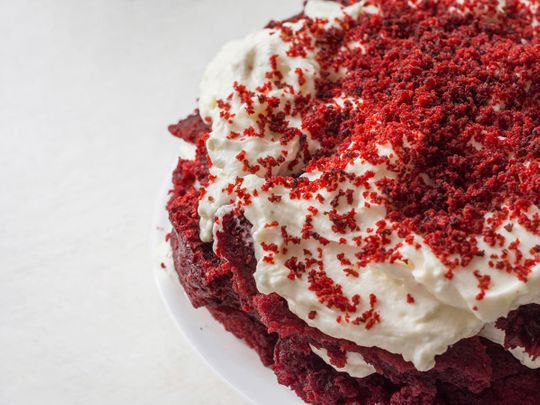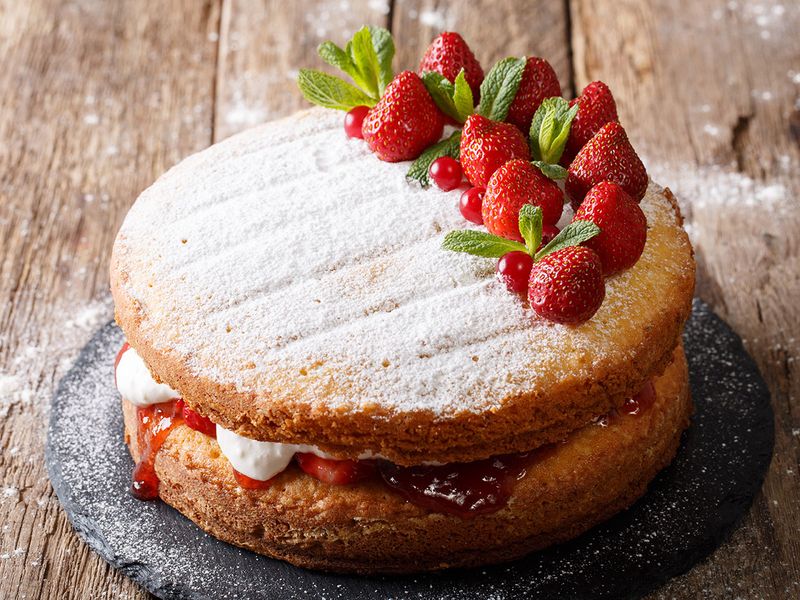
Cakes – they are a symbol of celebration everywhere. We lovingly bake them. Our mouths water when we get a whiff of them. We ravenously eat them. We all just love them.
Click start to play today’s Crossword where you can figure out the word for adding finishing touches to a cake. Don’t forget to visit Gulf News’ Food section, where you can find recipes, guides and everything to do with cooking and cuisines.
Cakes have been around since ancient times – food historians think the ancient Egyptians were the first culture to show evidence of advanced baking skills. The actual term ‘cake’ however can be traced to England in the 13th century, according to the Oxford English Dictionary. It is a derivation of ‘kaka’, an Old Norse word of Viking origins.
We’ve come a long way since the earliest cakes, which were more bread-like and sweetened with honey, with the addition of nuts and dried fruits. Here are three cakes with interesting histories that you will remember the next time you bake or eat them:
1. Red velvet cake
Originating in the US in the 1940s, the word ‘velvet’ that is used describe the cake is actually a throwback to the Victorian era. It meant that the cake had a smoother than usual texture and a finer crumb. Bakers would achieve this by adding cocoa powder into the mix, instead of chocolate. The cake’s red colour came about as a result of the cocoa powder reacting to the acidity in the other cake ingredients. In World War II, however, bakers went a step further by adding beet juice to the batter. It didn’t just enhance the moisture but created a more intense red colour, which contrasted fabulously with the cream cheese white topping. Try this recipe which uses labneh icing instead of cream cheese.
2. Victoria sponge cake

This beautiful cake dates back to the Renaissance, when bakers began using beaten eggs instead of yeast, as a leavener. When English chemist Alfred Bird invented baking powder in 1843, it set the stage for the Victoria sponge cake. While its four core ingredients – flour, sugar, eggs and butter – can seem straightforward, a perfect Victoria sponge depends on creating the perfect consistency and flavour. Try it yourself!
3. Russian cake
Don’t be misled by the name of this delectable cake – it’s actually not Russian. The story goes that a New Orleans, US, baker made the cake because he ran out of ingredients to bake the cake he originally wanted. He made it when the Russian Grand Duke Alexis Romanov visited the city in 1972 during Mardi Gras. Traditionally created by mixing assorted leftover cakes and confectionary scraps, and pressing them into a cake tin with lashings of sweet jam and a topping of fondant icing, the cake is sweet and rich, and a treat for the tastebuds.
Which of these cakes is your favourite? Play today’s Crossword and tell us at games@gulfnews.com.



